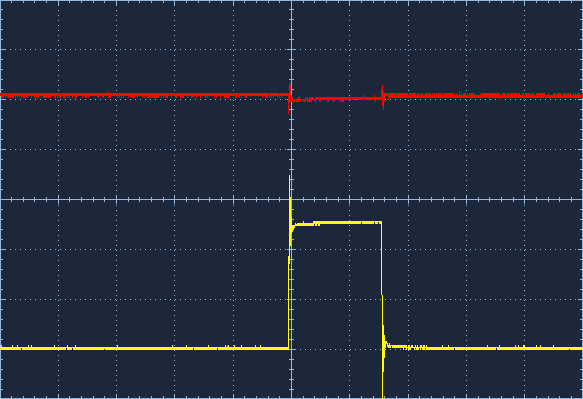Bryan Mayland
TVWBB Hall of Fame
Yeah that blows my mind because it seems the 1N914 is the part for the job. They switch faster and have a lower forward voltage. In this case, the forward voltage is actually "remaining" voltage seen at the Enable pin on the LCD when we're trying to set logic low. So when we're trying to get 0V (not enabled) with an 1N4001, we actually are at 1.1V. That's one of the reasons I switched to the switching diode, that the "0" state was closer to 0.
EDIT: To clarify, this is when the LCDData is high but the shift register pin QH is low.
What's confusing to me is how it works for Ed and I but not for anyone else. Do we have MAGIC DIODES Ed?
EDIT: To clarify, this is when the LCDData is high but the shift register pin QH is low.
What's confusing to me is how it works for Ed and I but not for anyone else. Do we have MAGIC DIODES Ed?






